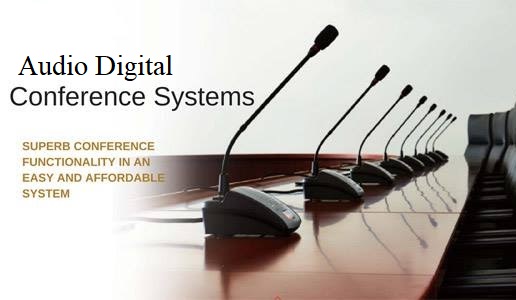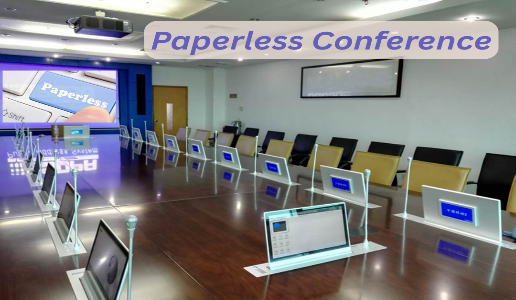Audio conferencing, also known as a conference call or teleconference, is a method of communication where multiple people in different locations can connect and converse using audio technology. It allows for remote collaboration and discussions, essentially conducting meetings over the phone or internet without needing to be physically present together.
Key aspects of audio conferencing:
1. Participants: Unlike traditional phone calls, audio conferencing involves multiple participants who can all hear and speak to each other simultaneously.
2. Technology: Participants can connect through various devices like telephones, computers, or other devices capable of teleconferencing, using either traditional phone lines or the internet.
3. Cost-effectiveness: Audio conferencing is often considered a cost-effective communication tool, especially compared to face-to-face meetings or video conferencing, as it generally requires fewer devices.
4. Types: Audio conferencing can be categorized into distributed (remote), local (participants in the same room), and integrated (combining remote and nearby participants).
5. Applications: Audio conferencing is widely used for business meetings, team collaborations, remote training sessions, and even social gatherings.
6. Features: Modern audio conferencing solutions often include additional collaboration tools like screen sharing, messaging, and meeting recording, enhancing the overall meeting experience.
7. Accessibility: Audio conferencing is generally easy to set up and use, making it a reliable communication option for various users and situations


